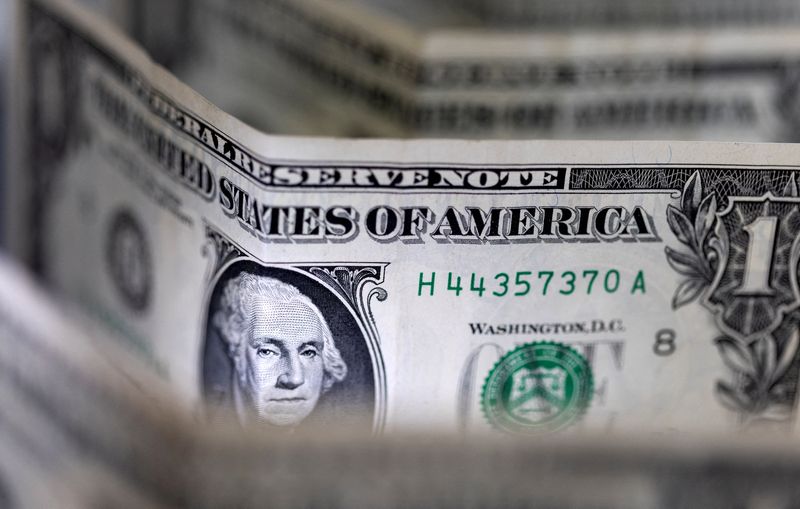Bullish indicating open at $55-$60, IPO prices at $37
Investing.com - The U.S. dollar has been in demand after new President Donald Trump took office and signaled that he would be using tariffs to advance his economic agenda. But these could end up weakening the U.S. currency, according to Bank of America Securities.
At 09:25 ET (14:25 GMT), the Dollar Index, which tracks the greenback against a basket of six other currencies, traded 0.4% higher to 108.225, having just under 1% over the course of the last week
“The USD has been reacting positively to tariff headlines this year,” said analysts at Bank of America Securities, in a note dated Feb. 12.
“It weakened after the inauguration when the new US administration did not proceed with tariffs immediately. It went through a rollercoaster when the US threatened Canada and Mexico with a 25% import tariff and then postponed it for a month. It did not react much to the 10% US tariff against China, as this was most likely close to what markets had expected — and China retaliated. It strengthened again this week as the US imposed a 25% tariff on steel and aluminum imports and threatened a reciprocal tariff for all imports.”
In a simple two-country model, an import tariff reduces the demand for imports, which in turn means lower demand for the foreign currency. The home country currency strengthens as a result, which partly or even fully offsets the improvement in the trade balance.
However, second round effects could weigh on the dollar, BofA argued, especially in a scenario of US tariffs against the rest of the world and full retaliation.
“Although the US economy is less dependent on trade, it would be more vulnerable than most economies if it is the US against the rest of the world in a trade war,” the bank said.
“A lot will also depend on the details of US tariffs, the extent of retaliation, risk sentiment, monetary policy response and long-term implications for potential growth.”
In a scenario in which the US increases trade tariffs against the rest of the world and the rest of the world retaliates, everyone will end up worse-off, but the US more so, BofA said.
Trade protection would increase the most in the US, with the rest of the world would continue trading with each-other as before or may even reduce trade protection with each other in response to US tariffs.
“US long-term productivity would suffer, challenging US exceptionalism, in turn weakening the USD long-term equilibrium,” BofA said.
